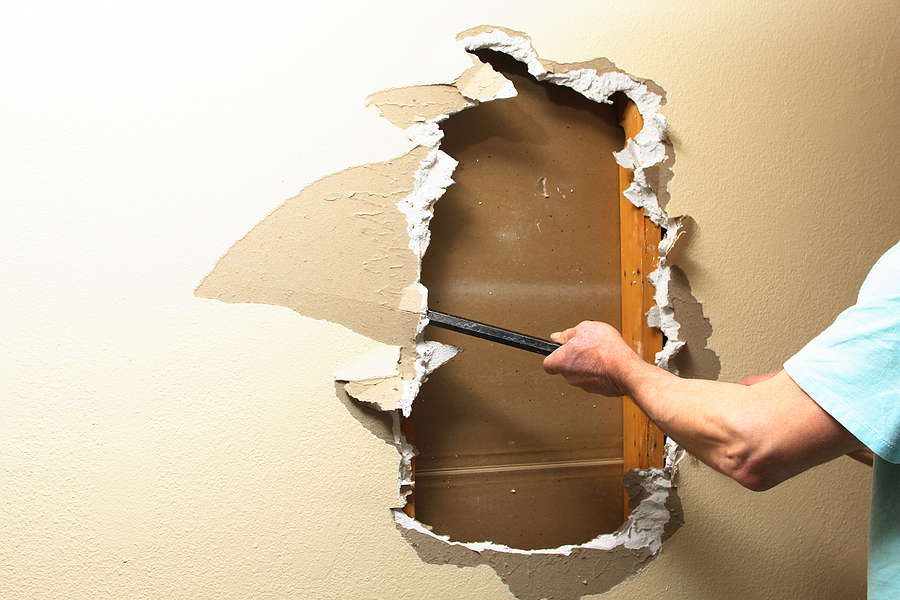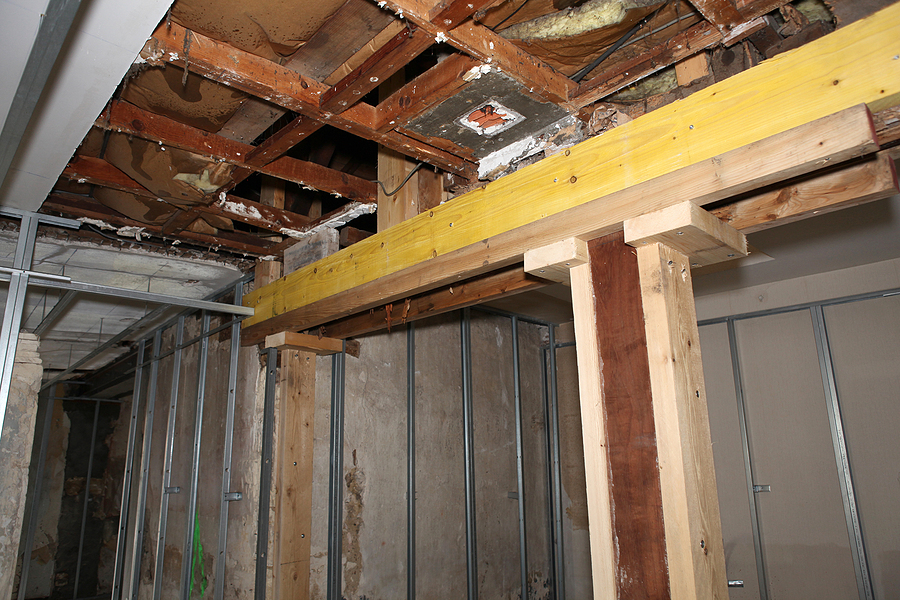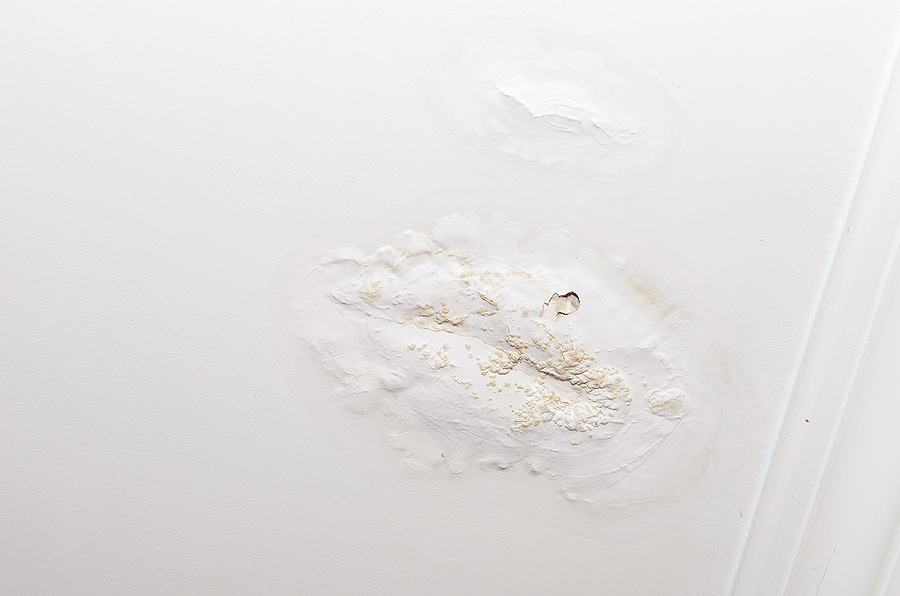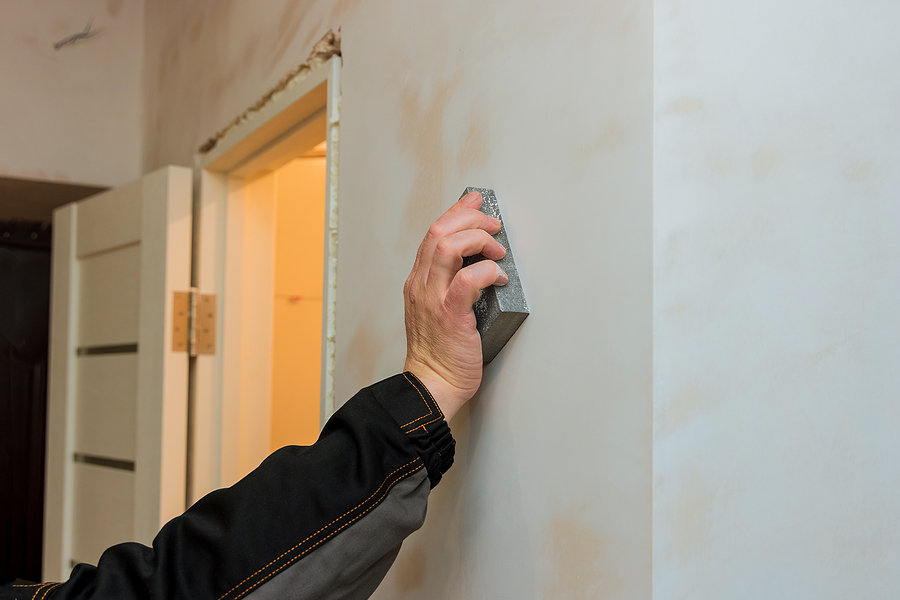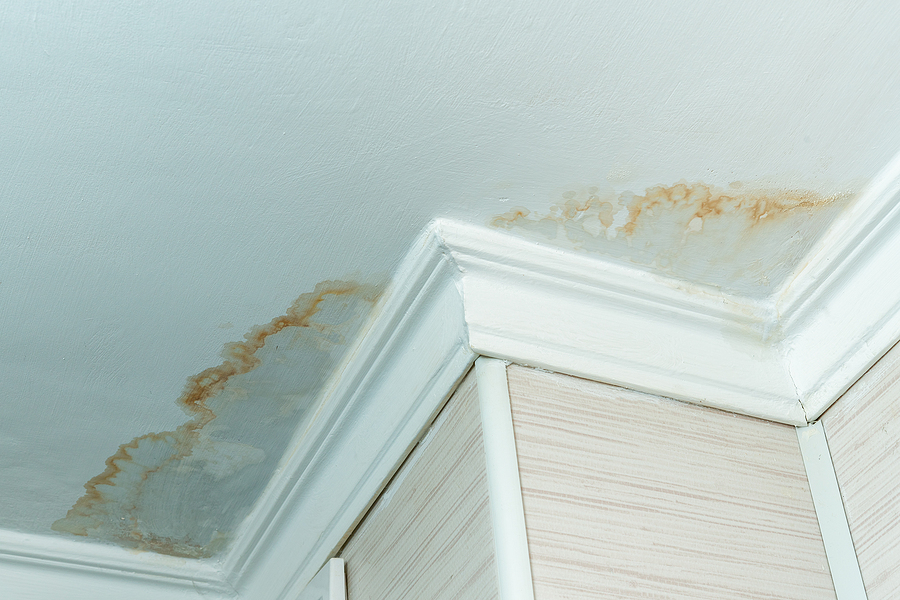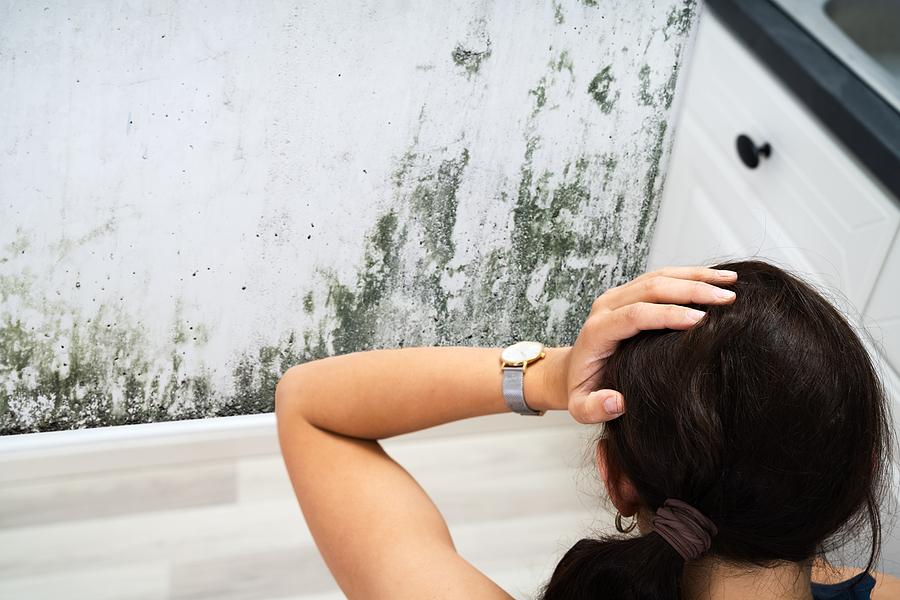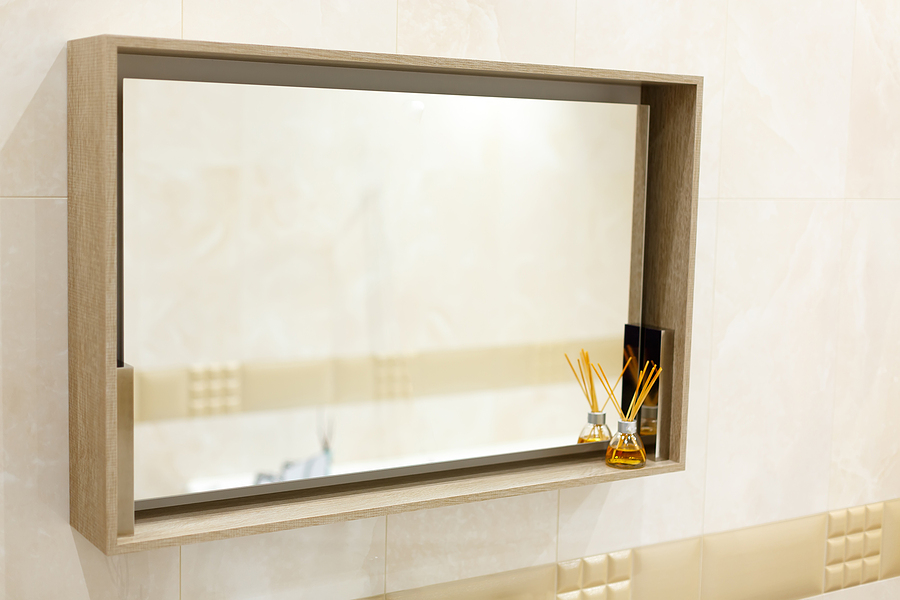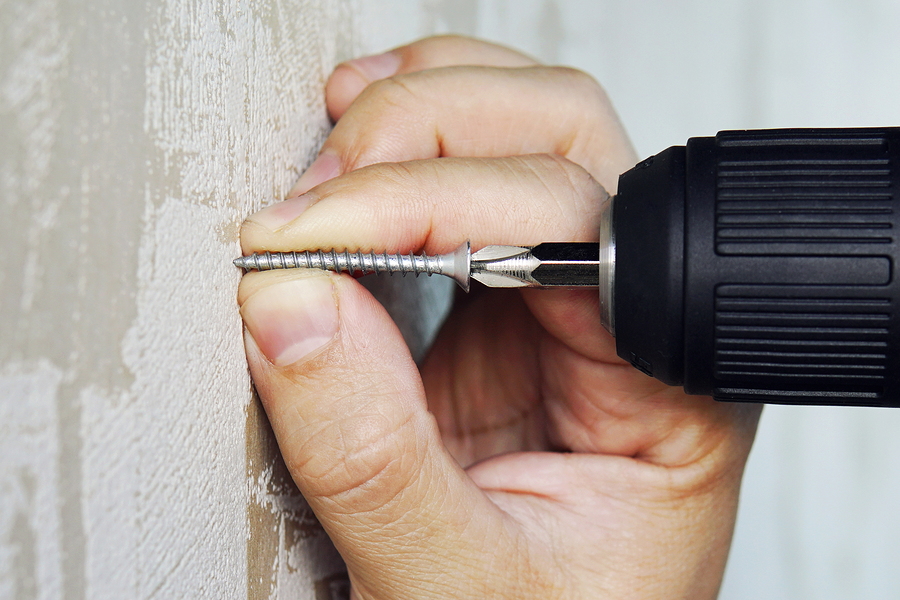Your ceiling is more than just a part of your home—it protects your space, provides insulation, and contributes to your property’s overall aesthetic. When problems like cracks, sagging, or water damage arise, acting quickly can save you from costly repairs down the line. But choosing the right ceiling repair service is critical. This guide will help homeowners and property managers understand how to identify problems, find expert drywall ceiling repair professionals, and ensure quality craftsmanship.

Why Timely Ceiling Repairs Matter
Ceiling damage often starts off small—cracks, stains, or slight sagging. At first, these issues may seem like minor inconveniences. However, neglecting them can worsen the problem, leading to structural instability, increased repair costs, or even safety risks.
While you may be tempted to fix it yourself, ceiling repair often requires specialized skills. DIY fixes can fail to address the root of the issue, leading to recurring problems. That’s why working with professional drywall and ceiling repair experts is essential to getting the job done right.
Signs Your Ceiling Needs Repair
Not sure if your ceiling requires immediate attention? Here are the most common signs that indicate it’s time to call a ceiling repair service:
Visible Cracks
Small hairline cracks may seem harmless but can indicate foundation shifts or structural issues. Wider ceiling cracks might result from more severe problems, like excessive weight or improper installation.
Water Stains and Damage
Water damage often appears as yellow or brown stains on your ceiling. These unsightly spots are usually caused by roof leaks or plumbing issues above the ceiling. Left unaddressed, a ceiling leak can lead to mold growth, which poses health risks.
Sagging Ceiling
A sagging ceiling is an urgent repair issue. It may result from water damage, improper installation, or even structural failure. If your ceiling seems to sag or dip lower than usual, it could potentially collapse without warning.
Peeling Paint or Plaster
Peeling paint or plaster is often a sign of excessive moisture or poor ventilation. It’s more than just an aesthetic issue—it could signal water damage or a developing ceiling leak.
Unusual Noises
Does your ceiling creak or groan? This could signal structural stresses, poorly installed drywall, or even pests hiding in your ceiling space.
If you’ve noticed any of these issues, it’s time to seek assistance from a ceiling repair service in your area.
Key Qualities to Look for in an Expert Ceiling Repair Service
When it comes to ceiling repairs, not all service providers are created equal. To ensure the best results, look for these key qualities in a ceiling repair professional:
Experience and Expertise
Choose a company with years of experience solving issues like sagging ceilings, water damage, and drywall repair. Knowledgeable contractors will quickly diagnose problems and recommend effective solutions.
Certifications and Insurance
Verify that the ceiling repair service is licensed and insured. This guarantees that the professionals working on your property have the necessary qualifications and that you’re protected if something goes wrong.
Positive Reviews and Reputation
Do some research by checking customer reviews on platforms like Google, Yelp, or Angi. Look for testimonials from people in your area who had similar ceiling damage.
Detailed Estimates
Top-notch companies provide clear, written estimates before starting any work. Transparency ensures there are no unexpected costs and that you understand exactly what you’re paying for.
Specialized Equipment
For issues like ceiling leaks or sagging, the right tools matter. Ensure the team you’re hiring has access to modern techniques and equipment to handle complex ceiling repairs efficiently.
How to Research and Shortlist Local Services
Finding the right ceiling repair service near you can seem overwhelming, but these steps make the process manageable:
1. Search for Local Services
Use search terms like “ceiling repair services in Indianapolis” or “local drywall repair in [your township]” to find companies nearby. Many professionals focus on serving local homeowners and property managers, giving them an edge in understanding common problems in your community.
2. Ask for Recommendations
Word-of-mouth referrals are invaluable. Ask friends, family, or neighbors about trusted ceiling repair professionals they’ve worked with.
3. Check Credentials
Visit the company’s website or social media profiles to confirm certifications, licenses, and positive reviews. The better the track record, the more likely you’ll receive quality results.
4. Compare Estimates
Once you’ve shortlisted a few options, request quotes from each service provider. Compare pricing but don’t choose based solely on the lowest bid—consider other factors like experience and customer reviews.
Questions to Ask Before Hiring a Ceiling Repair Professional
Before committing to a ceiling repair service, schedule a consultation and ask these critical questions:
What’s causing the ceiling damage?
Their ability to explain the issue in detail will reflect their expertise.
What is your experience with similar repairs?
This ensures they have successfully handled similar projects in the past.
How long will the repair take?
Understand the timeline upfront to minimize disruption.
Do you offer any warranties?
Reputable companies typically guarantee their workmanship for added peace of mind.
Can you provide references?
Speaking with past clients lets you gauge the quality of their service.
Why Hire Experts Instead of DIY?
While it might be tempting to tackle ceiling repairs yourself, hiring an expert ceiling repair service is almost always the better choice. Here’s why:
- Safety First: Without proper tools or training, you risk injury while attempting ceiling repairs. Professionals follow safety protocols to eliminate hazards.
- Long-Lasting Results: Experts address both the symptoms and the root cause of the damage, preventing recurring issues.
- Saves Time and Money: DIY attempts can lead to further damage or failed fixes, costing more in the long run. Hiring professionals from the start ensures efficiency.
- Aesthetic Appeal: Skilled professionals ensure your ceiling looks as good as new, preserving your property’s value.
Wrapping Up
Your ceiling is too important to leave to chance. Whether it’s water damage, a sagging ceiling, or unsightly cracks, addressing these issues with the help of qualified professionals will save you time, money, and stress.
If you’re located in Indianapolis or surrounding areas, consider connecting with trusted local drywall repair experts for a consultation. They can assess your ceiling damage and provide a tailored plan to restore your space. Schedule a free estimate today and enjoy worry-free living under a beautifully restored ceiling.
Are your ceilings suffering from some structural damage? Perhaps they’re a little outdated? We can help. Contact Drywall by Renso at 317-269-7319 for expert ceiling repair in Indianapolis, Indiana. We serve both residential and commercial clients all throughout Central Indiana.
Related Posts:
Tips for Replacing Damaged Drywall After Plumbing Leaks
Replacing Drywall After a Pest Infestation: What You Need to Know
How to Find Reliable Drywall Contractors: A Comprehensive Guide

